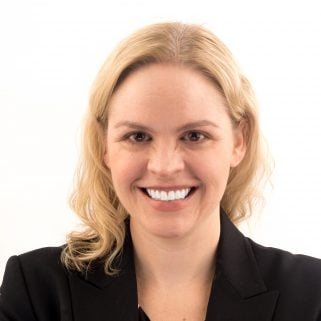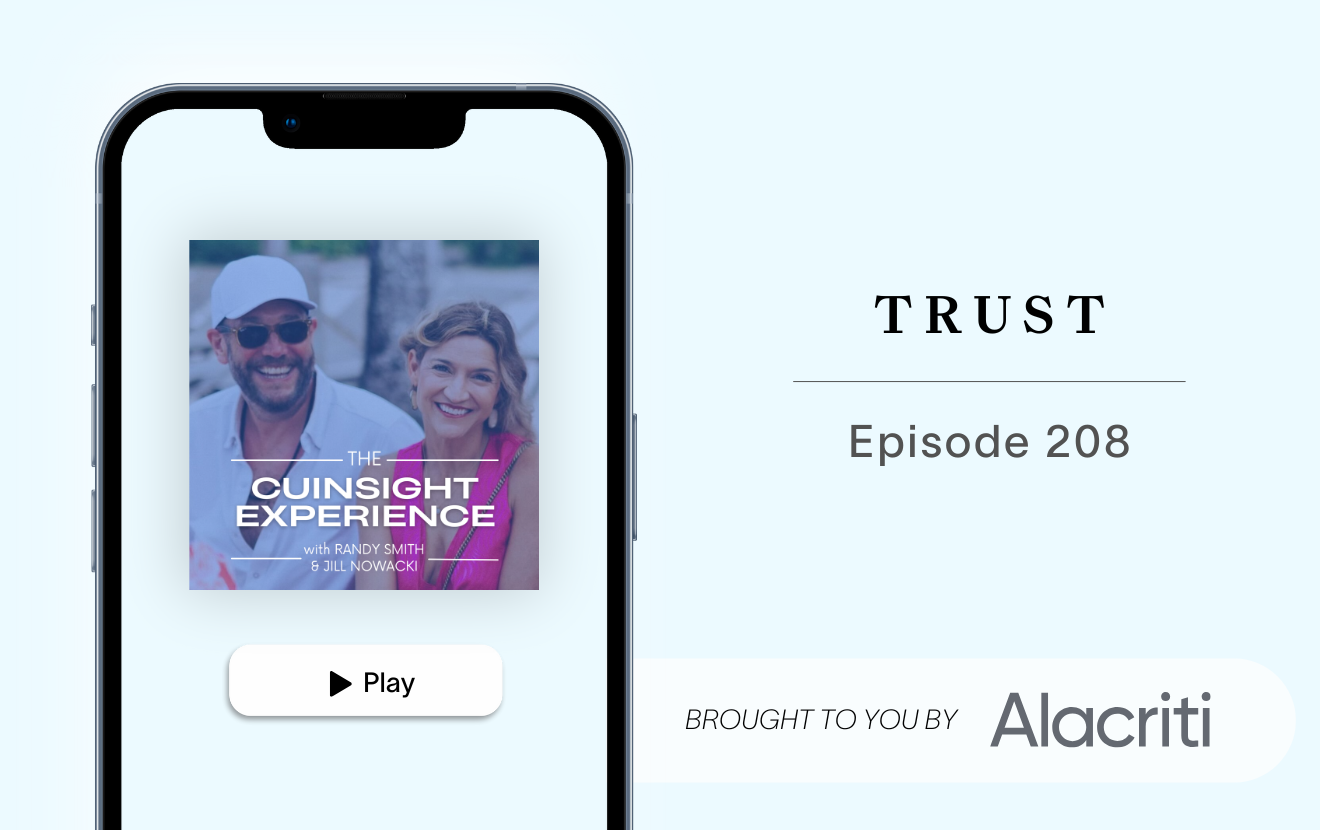Change is difficult. In a business environment, where complex layers of systems and structures interact, it can be cumbersome. Many people dislike change, and the challenges that come from it. But change also equates to greater opportunity. The avoidance of major change can quickly lead to stagnation and irrelevance as an organization. Society moves at a faster pace than ever before, and technology requires organizations to change and respond quickly to challenges. Being an organization, or credit union, that is comfortable with change and has the ability to be agile means sustainability.
Change is hard because we want routines. Routines give us a sense of direction and purpose to our day. Whether your morning routine is starting your day with a run to Starbucks, or processing ACH exceptions, a routine gives a sense of direction to our day. We know what to do first. Our routines become habits, which are processes that have become almost second nature, or unconscious. Habits are hard to break, but it is possible. Change forces organizations to create a number of new systems or routines that affect many people. Sometimes policies have to be updated or procedures have to be recreated due to an implemented change. However, if something is not benefitting your credit union in the long run, the short term pain of the change is worth the effort and results in the long run.
Change is hard because risk is involved. Intentional change involves a level of unknown. As individuals and team members, we develop our best plans and put together processes for implementation and projections about results. No more how carefully things are planned, something unexpected arises. Whether it’s marketing the change appropriately to stakeholders (both internal and external) or properly collecting all the tools to execute the change there is never guarantee of outcome. However, the risk of not changing is even greater. Change can also lead to loan growth, greater efficiency, or the ability to tap into a new market. Change drives relevancy, and organizations have to adapt. Brands that don’t adapt don’t survive. This is especially true for credit unions, where financial service providers are numerous, and many competitors are bigger with louder and broader messaging. The right change can draw new external support, and bring in new, engaged members and stakeholders.
Change is hard because it requires learning and teaching. Teaching and learning isn’t necessarily hard in itself. Many credit unions are successful because credit union employees are dedicated and talented individuals who care to develop themselves. However, in the day-to-day, teaching and learning take time. It is one of our most important tasks, because lack of knowledge can be limiting, and in some cases, damaging to our operations. However, other business priorities quickly become urgent. Sometimes we don’t do new things because of the time it takes to learn what we don’t know, and then pass that knowledge along to others. Make teaching and learning a priority in the credit union’s culture, and put in on the calendar like any other priority.
Change will happen. Staff will turn over, executives will retire, the market will fluctuate, and regulation will continue to evolve. Change happens because external forces create so much pressure on the business model, that the organization has to change in order to survive, or it happens because of a disruptive event. It can also happen because people within the organization made an intentional decision to create the change, and planned the proper steps for the desired outcome. Planned, intentional change is vital to the health of an organization. Don’t be afraid of change. Expect it, and develop strategies to move through it smoothly.







